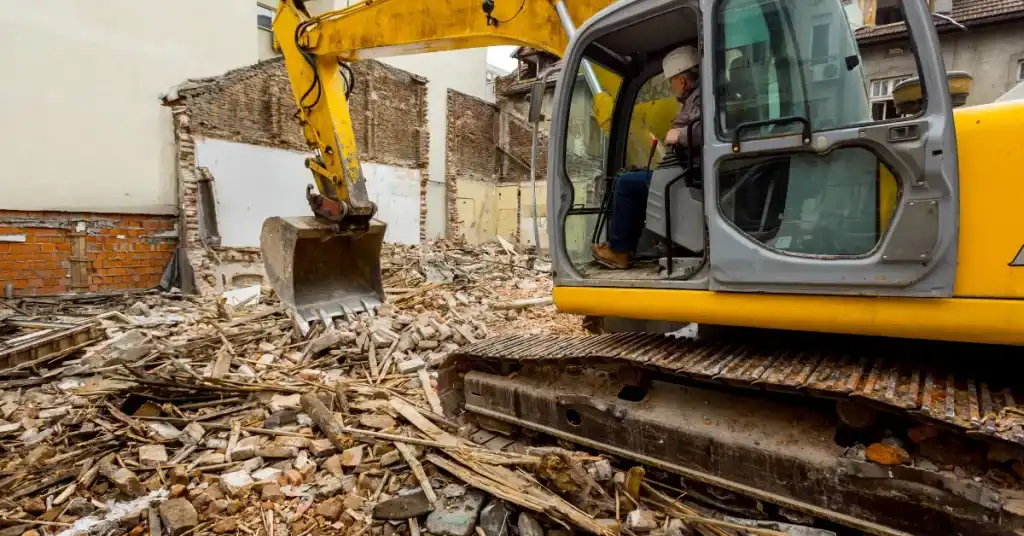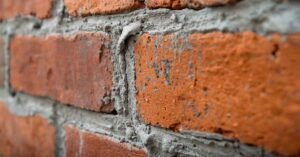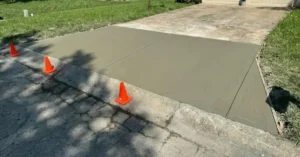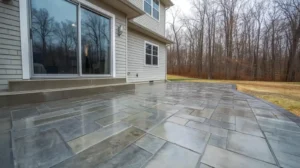Have you ever seen a road or bridge getting fixed? Sometimes workers need to break old concrete so they can build something new. One safe and smart way to do that is called hydro demolition concrete.
Now you might be thinking, “What does that mean?” Don’t worry—we’ll explain it like you’re 5 years old. Imagine using water, just like from a hose, but with super strong power. So strong, in fact, that it can break even the hardest concrete! That’s what hydro demolition is all about.
Why Use Hydro Demolition Concrete?
Strong and Gentle at the Same Time
You might ask, “Why use water instead of a big hammer or jackhammer?” Great question! Let’s look at the reasons why hydro demolition is used in real construction work:
1. No Cracks to New Concrete
Traditional concrete removal tools can cause micro-cracks in the surrounding area. These little cracks might grow later and weaken the structure. But with hydro demolition, the surrounding concrete stays healthy and strong.
2. Protects Steel Reinforcement (Rebar)
Inside concrete are steel bars that give it strength. Water blasting removes concrete without cutting or damaging this steel, making the repair easier and cheaper.
3. Cleaner Surface for New Concrete
Hydro demolition leaves a rough surface that’s perfect for bonding new concrete. It’s like Velcro—the new material sticks better!
4. Less Dust, Less Noise
Since there’s no hammering, there’s less dust, less flying debris, and way less noise. That means it’s safer for workers and the environment.
How Does Hydro Demolition Work?
A Simple Step-by-Step Guide
Let’s break down how hydro demolition concrete removal works step-by-step:
Step 1: High-Pressure Water Equipment
Workers use machines that push water through special nozzles at very high pressures, often up to 20,000–40,000 PSI (pounds per square inch). That’s way stronger than your garden hose!
Step 2: Target the Damaged Area
The nozzle is aimed at the old or broken concrete.
Step 3: Concrete Breaks Off, Rebar Stays
The high-pressure water breaks up the concrete, but leaves the metal rebar untouched. This is important when fixing bridges or parking garages.
Step 4: Clean the Surface
After the damaged concrete is removed. Now, it’s ready for new concrete to be poured.
Where Is Hydro Demolition Used
Hydro demolition is not used in every project, but it’s perfect for certain jobs:
- Bridge repairs
- Parking decks
- Tunnels and dams
- Industrial floors
- Nuclear power plants
- Airport runways
Anywhere concrete needs to be repaired without shaking the structure, hydro demolition is a smart solution.
Is Hydro Demolition Safe?
Yes, hydro demolition is very safe—when trained workers use the right tools and follow safety rules. It reduces:
- Airborne dust
- Noise pollution
- Risk of damaging good concrete
- Worker injuries from heavy vibrations
Also, because it uses only water, it’s eco-friendly and doesn’t release harmful chemicals into the air or soil.
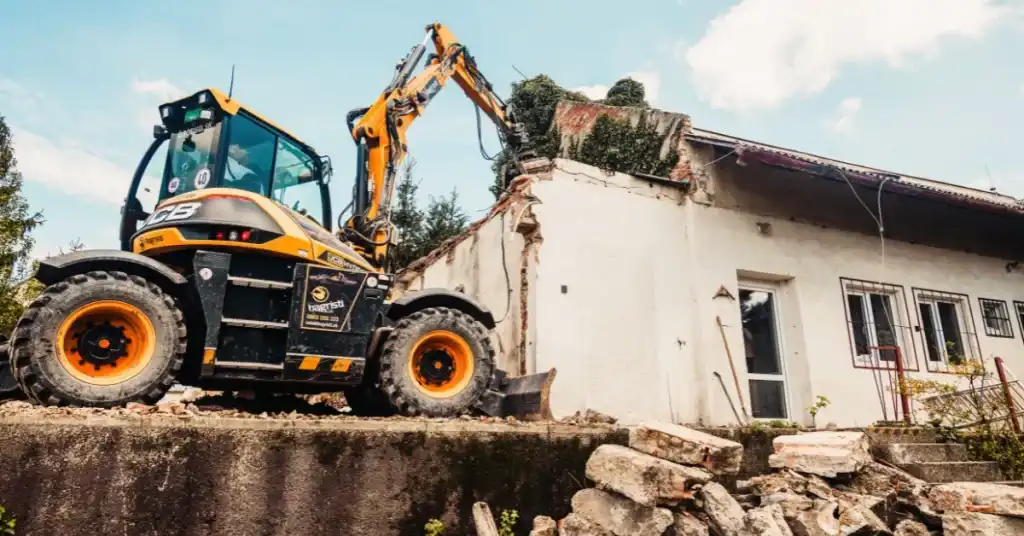
What Are the Advantages of Hydro Demolition Concrete?
Let’s make it easy to see why so many professionals prefer this method:
Precise and Controlled
You can remove just the damaged area without hurting the rest of the structure.
Keeps the Rebar Intact
Steel inside the concrete is not bent or broken
Makes Stronger Repairs
New concrete sticks better to the cleaned, rough surface made by water blasting.
Clean and Green
No dust, no chemicals—just water. This makes it safer for people and nature.
Quieter Demolition
Since there’s no jackhammer, it’s much quieter—important for city work and night jobs.
Any Disadvantages?
While hydro demolition concrete is awesome, it does have a few challenges:
- It needs special equipment
- Workers must be trained properly
- You need to collect and treat the water used to follow local laws
- It can take longer than traditional methods in some small-scale jobs
But for large or sensitive structures, the benefits are usually worth it.
Tools Used in Hydro Demolition
The machines used for hydro demolition look like little robots. They often include:
- Water jet nozzles (some spin for better coverage)
- Robotic arms that move the nozzle for precision
- Water pumps that push water at high pressure
- Vacuum systems to collect broken concrete and water
Some are handheld, and others are fully robotic, depending on the size of the job.
Is Hydro Demolition Expensive?
Yes, it can cost high upfront. But here’s the thing:
- You save money on rebar repairs
- You reduce future damage
- You get a better bond for the new concrete
- You need less cleanup time
So in many cases, it ends up being more affordable in the long run.
Future of Concrete Removal
As buildings get older and cities grow, hydro demolition is becoming more popular. With its focus on safety, precision, and environmental care, many engineers are turning to water-based solutions instead of hammers and drills.
FAQs
1. What is hydro demolition concrete and how does it work?
Hydro demolition concrete uses high-pressure water, often 20,000–40,000 PSI, to remove damaged concrete while keeping the steel reinforcement intact. The process creates a clean, rough surface ideal for new concrete bonding.
2. What are the main advantages of hydro demolition over traditional methods?
Hydro demolition is precise and controlled, keeps rebar intact, produces a cleaner surface for stronger repairs, reduces dust and noise, and is environmentally friendly.
3. Where is hydro demolition commonly used?
It is typically used in bridge repairs, parking decks, tunnels, dams, industrial floors, nuclear power plants, and airport runways—anywhere precise removal is needed without damaging the structure.
4. Are there any disadvantages to hydro demolition concrete?
Disadvantages include the need for specialized equipment, trained operators, water collection and treatment requirements, and potentially longer time for smaller jobs.
5. Is hydro demolition concrete expensive?
While the upfront cost is higher, hydro demolition can save money over time by reducing rebar damage, future repairs, cleanup time, and providing better adhesion for new concrete.
Final Thoughts: Is Hydro Demolition the Best Choice?
If you’re working on a project that needs clean, safe, and strong concrete removal, then hydro demolition concrete is one of the best options out there.
It protects what matters (like steel bars), avoids loud noise and dust, and prepares the surface for a long-lasting repair. It may not be perfect for every project, but it’s definitely one of the smartest, safest tools in the world of construction.

